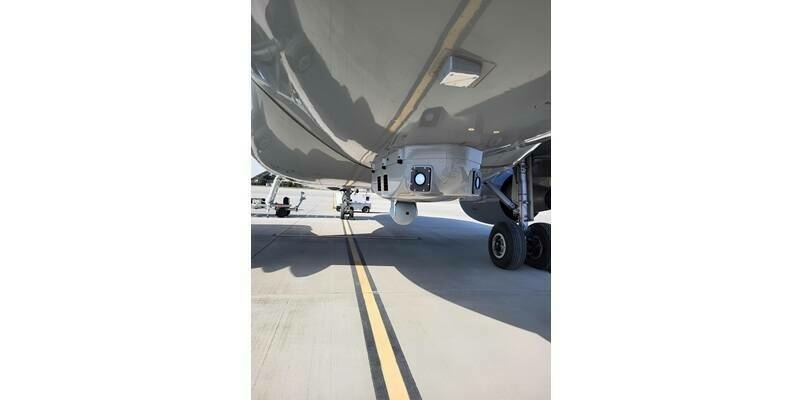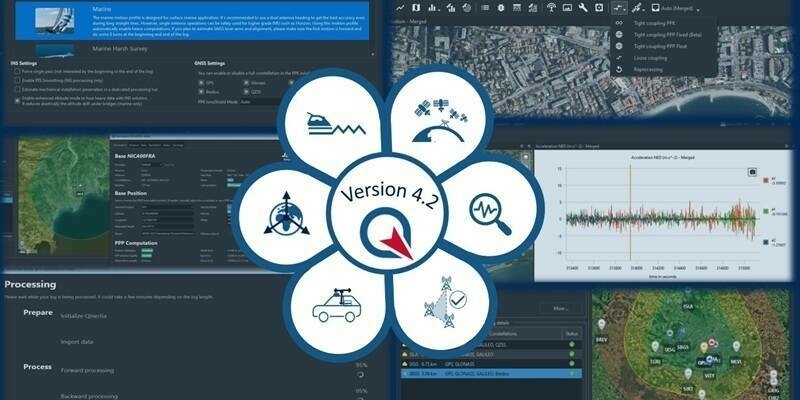FRIDAY, 14 OCTOBER 2016
After the launch of Jason-3 on 17 January 2016, the two satellites flew in a tandem configuration, about 80 seconds or 500km apart from each other. This allowed for a precise comparison and direct cross calibration between the instruments flying on both platforms. During this phase, the instruments aboard Jason-3 were fully calibrated and have demonstrated performances at least equivalent to those of Jason-2. Based on these results, the satellite was deemed ready for operational service.
In order to improve sampling and spatial coverage, Jason-2 has now been moved to its final position, on the same orbit but at 162° from Jason-3, thus overflying different ocean surfaces and at a different time than Jason-3.
The Jason-3 satellite will continue the long term climate data record on the ground track previously occupied by Topex/Poseidon, Jason-1 and, until recently, Jason-2.
Because of their precision, the Jason missions have become the reference for all satellite altimeters, including the Copernicus Sentinel-3A satellite, launched on 16 February 2016 and operated by EUMETSAT in cooperation with ESA.
Ultimately, Jason-3 will form the backbone of a virtual constellation of ocean altimeter missions.
Josh Willis, NASA Jason-3 project scientist said, "Jason-3 is our window onto the impact of human-caused climate change across the planet. As ocean levels rise due to global warming, the Jason-3 satellite will observe the literal reshaping of more than two-thirds of Earth's surface."
Laury Miller, NOAA Jason Program Scientist said, "Jason-3 will carry the sea level rise monitoring task that is the hallmark of the Jason missions forward, but the continued operation of Jason-2, in combination with Jason-3, adds another critical dimension. Doubling the number of altimeter sea level observations improves our ability forecast over a range of scales, from the movement of local oil spills to massive El Niño events."
Philippe Escudier, Oceanography Programme Manager of CNES said: "Jason-3 will provide essential operational measurements, benefiting from a long series of research and development efforts which allow to reach the necessary measurement accuracy and to optimize the hardware design to make it sustainable in a long term series. In the near term, a new generation of satellite altimetry providing high resolution monitoring will be demonstrated. SWOT, wide swath altimetry mission, which is under development (NASA & CNES), will directly inherit from Jason heritage and will benefit from the absolute accuracy of Jason for the calibration of its measurements."
Francois Parisot, Altimetry Manager at EUMETSAT said: "The ocean evolves across different scales - levels – from mid-latitude eddies to large scale currents. Therefore and improving space/time sampling altimetry of ocean topography measurements is essential. With Jason-2, Jason-3 and Sentinel-3 we are now making a major step forward."
Subscribe to our newsletter
Stay updated on the latest technology, innovation product arrivals and exciting offers to your inbox.
Newsletter

